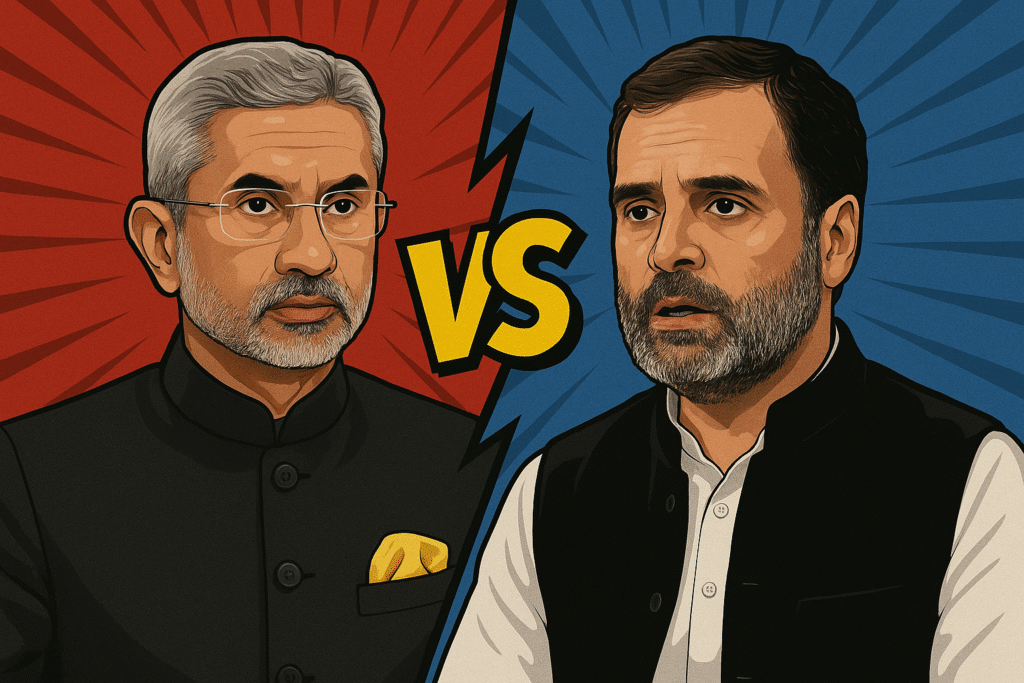Petrol and Diesel Prices Remain Stable with Three Major Cuts in 3 Years, Says Government
As fears of a global oil supply crunch spread due to geopolitical tensions in West Asia, India’s Oil Ministry has moved quickly to allay public anxiety, firmly stating that there will be no crude oil shortage for Indian consumers. The assurance comes at a time when conflict in key oil-producing regions often leads to speculation-driven fuel price surges. However, the government has maintained a tone of confidence, citing solid diplomatic ties, diversified sourcing, and proactive policy steps.
No Panic at the Pumps: Fuel Prices Stay Stable as Global Chaos Unfolds
#WATCH | Delhi: Union Minister Hardeep Singh Puri says, "I assure you that there will be no shortage of crude oil. In the last 3 years, prices have not increased, but have decreased. India is a country that does not increase the price of petrol and diesel, there were three such… pic.twitter.com/hjrQXqGDpO
— ANI (@ANI) June 18, 2025
The Union Minister responsible for petroleum has made it clear — India has no reason to panic about fuel supply disruptions. In fact, the past three years have seen a downward trend in fuel prices, contradicting the narrative pushed during previous international oil scares.
The government proudly recalled three major price cuts:
-
November 2021
-
May 2022
-
March 2024
These reductions, the Minister pointed out, are evidence of a long-term, consumer-first fuel policy — not just knee-jerk adjustments. Unlike other countries where petrol and diesel rates fluctuate wildly with market volatility, India’s pricing model aims for stability, backed by strategic reserves and timely policy intervention.
Even as global oil markets brace for potential shocks due to unrest in the Middle East, India’s fuel security plan appears robust and well-calibrated. The Minister dismissed “rumors of shortages” and guaranteed continuous supply without irresponsible hikes.
In a world where rising oil prices often destabilize economies, India’s approach — grounded in diplomatic balance and supply-chain resilience — sends a strong message. The policy isn’t just about today’s rates, but about protecting tomorrow’s consumer confidence.





















